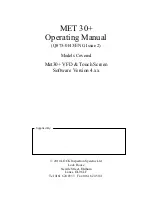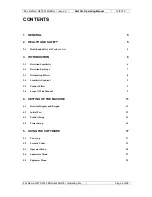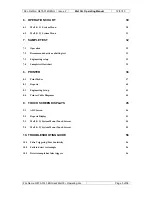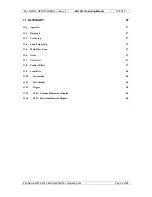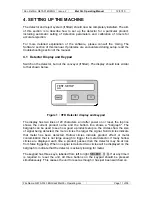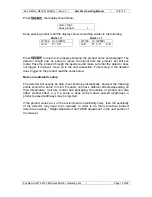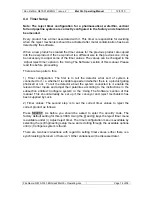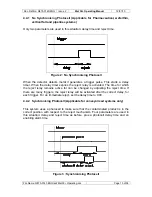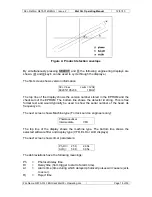
Doc. Ref.No: Q875-0143/ENG
Issue 2
Met 30+ Operating Manual
12/01/10
3.3 Orientation
Effects
If a wire sample of a particular metal is passed through the aperture, it will be readily
detected if the diameter of the wire is equal to or greater than the ‘spherical
sensitivity’ of the metal detector to the same metal.
When the diameter of the wire becomes less than the ‘spherical sensitivity’ the
orientation effects will be noticed. The wire will be detected more easily with its long
axis presented one way into the aperture than it will be when presented in another
(See figure 1c).
Figure 1c shows that when a piece of non-ferrous or stainless steel wire points in the
direction of travel, it is in the most difficult position to detect, and when pointing 90
°
to the direction of travel, it is in the least difficult position. For ferrous wires, the
situation is reversed.
FERROUS
Difficult
Easy
Metal
Detector
NON FERROUS
Easy
Difficult
Metal
Detector
FIG 1c Orientation Effect
File Name: Q875-0143 ENG Iss2 Met30+ Operating.doc
Page 8 of 58


